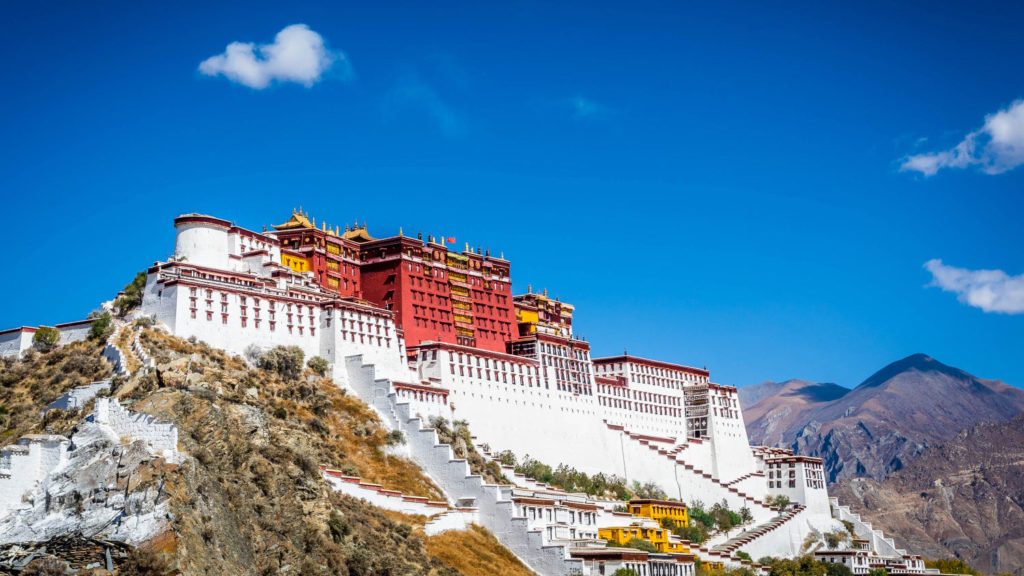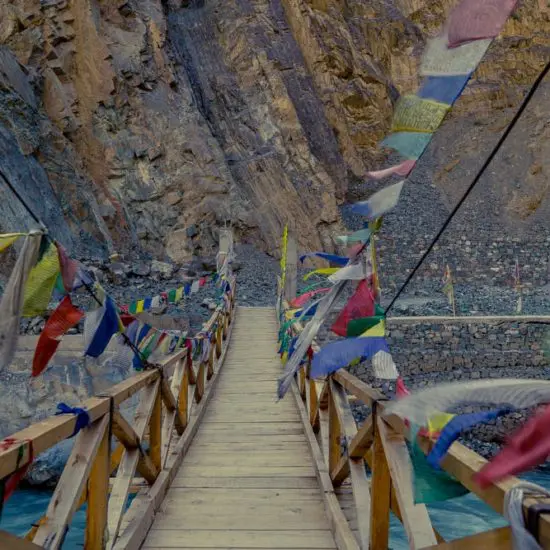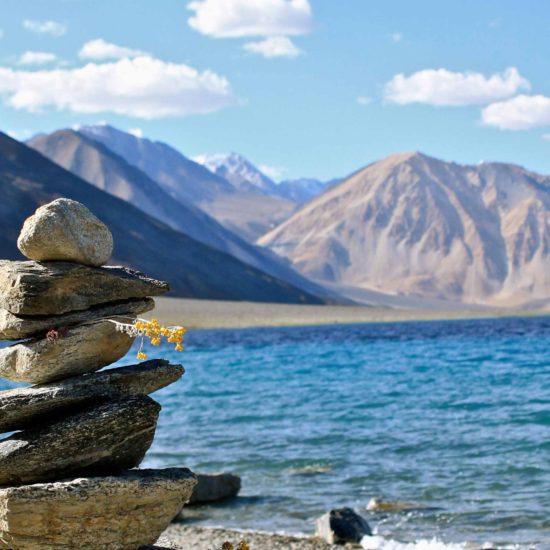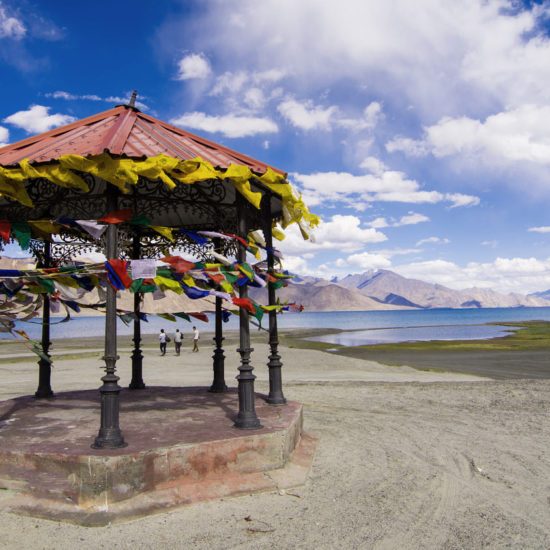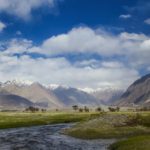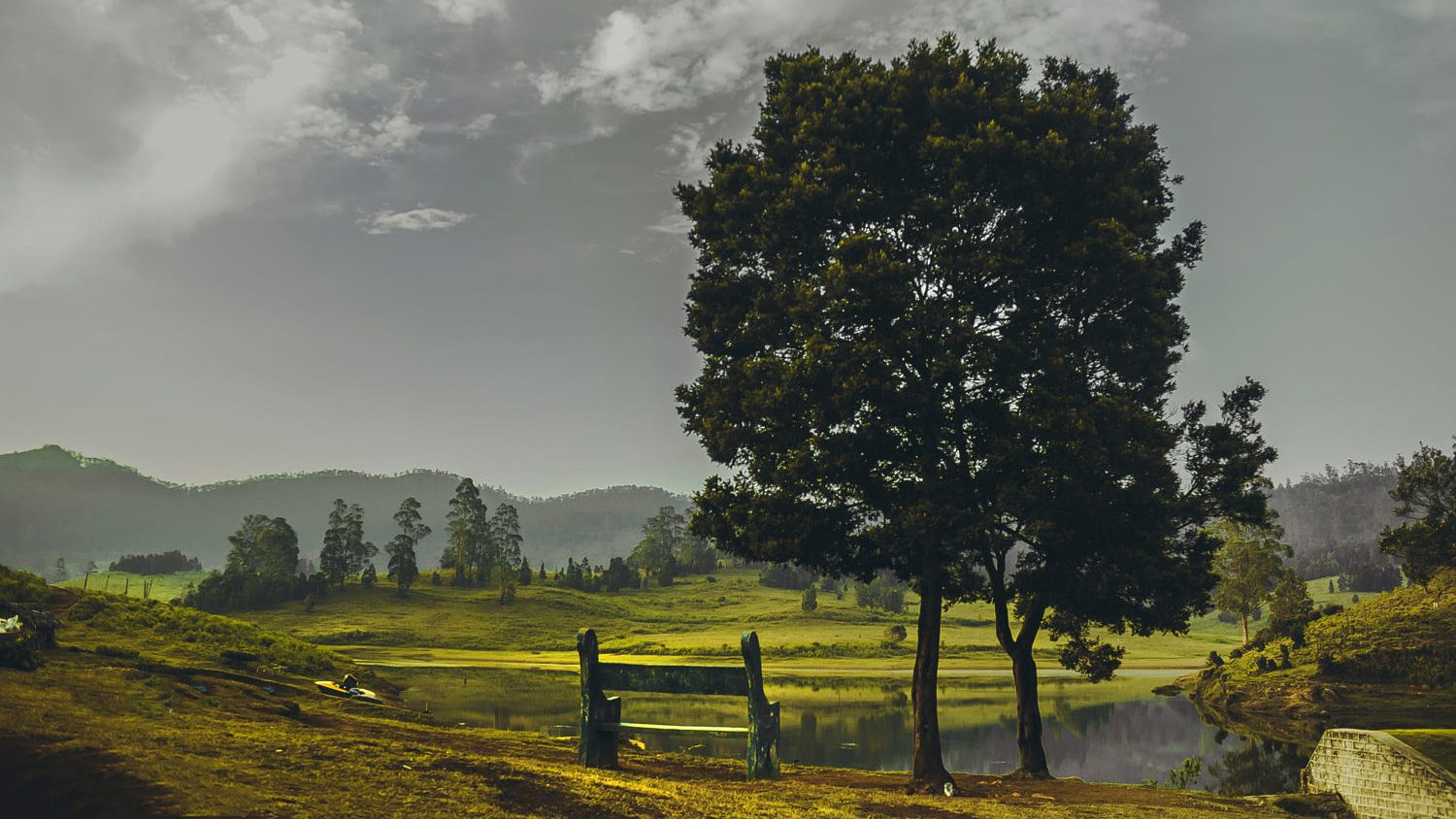
Leh Palace: All You Need to Know About an Exotic Architectural Marvel With Royal Heritage
Leh Ladakh trip is a lifetime experience for a tourist. The nature and terrain are so exotic, the culture is so unique and the people are so welcoming that you fall in love with this destination. One of the most celebrated attractions of Leh and Ladakh trip is Leh Palace.
At the onset of the seventeenth century, Leh was the royal capital of the Himalayan Kingdom of Ladakh, which ruled over most of western Tibet at that time. Leh Palace is one of the tallest buildings of that period with total nine storeys. The view of the Kangri and the Ladakh mountains and that of the entire city is simply sublime! Currently the palace is now managed by the Archaeological Survey of India (ASI).
Glorious History of Leh Palace
The construction of the Leh Palace was started in 1553 on Tsemo Hill by the founder of the Namgyai dynasty, Tsewang. It was completed by his nephew Sengge Namgyal also known as the Lion King, in the 17th Century. In those times upper floors were residential and the lower floors had storerooms and stables. In middle of the 19th century royal family shifted to Stock Palace due to the invasion of the Dongra forces.
Epitome of Architectural Grandeur
The design of this royal residence is based on the Potala Palace in Lhasa, Tibet. It is built from stones, wood, mud and sand and reflects medieval Tibetan architecture. Structures around the palace’s base include the prominent Namgyal Stupa, the colourfully muralled Chandazik Gompa and the 1430 Chamba Lhakhang, with medieval mural fragments located between the inner and outer walls. King Senge Namgyal has also constructed massive rammed earth walls around the original residential area of the old town.
Following are the details of architectural style of the Leh Palace.
- Wooden balconies and buttressed walls are the main features of Tibetan architecture.
- Wood and mud walls keep the interior cool and pleasant.
- The grand entrance is decorated with intricately carved wooden figurines.
- Rooms and corridors are spacious, and some beautiful murals are still visible.
- Victor Tower is a tribute to the bravery of Ladakhi soldiers against the invading Balti Kashmiri soldiers in 16th
Special attractions of the Leh Palace
Leh Palace offers a spectacular view of the Namgyayi Hills, mystical hills and beautiful landscapes. It is almost like a pilgrimage centre especially to those who follow Buddhist religion. The Palace speaks volumes about the glory and grandeur it once represented. Despite so many years gone by, the royal stature and persona of Leh Palace is as majestic as before.
The Palace consists of the following attractions-
- A stunning statue of Lord Buddha in the Palace’s monastery
- Old pictures and paintings that reflect the heritage, displayed in the exhibition halls of the palace
- Tibetan Thangka that is finely designed 450-year-old Tibetan paintings coloured with powdered stones and gems
- Grand collection of crowns
- An array of vibrant and glittering ceremonial dresses
- Traditional jewellery
Best Time to Visit Leh
April to June is one of the best times of the year to visit Leh. Bright sun keeps soothing warmth in the climate. September to October is a great time for trekking since the climate is cool but sun light is also there.
Leh Ladakh Tour Packages
Bhagyashree Travels offers three Leh Ladakh Tour Packages- Leh, Leh Ladakh Jammu & Kashmir and Leh Ladakh with Kargil. In all these packages, the Leh Palace is a special attraction.
The tours are memorable, and the tourists return home with countless memories of the historical monument called the eternally glorious Leh Palace! Check out the tours!
Sorry, the comment form is closed at this time.


